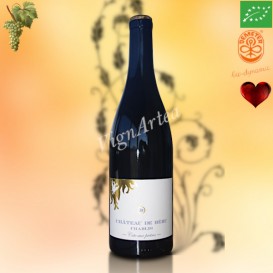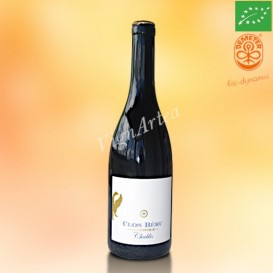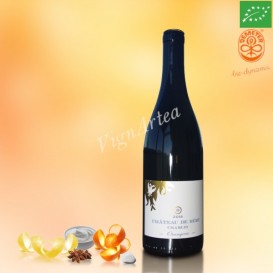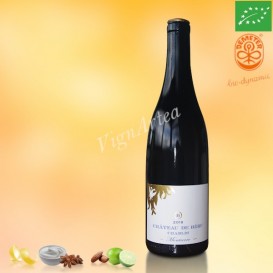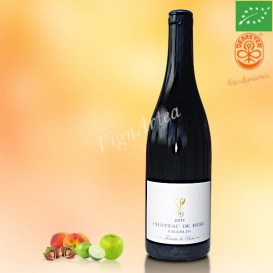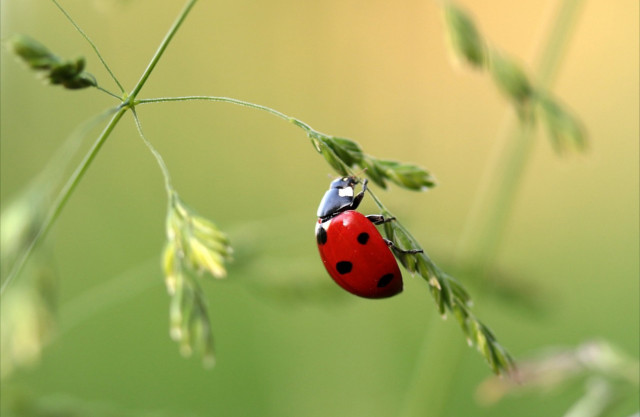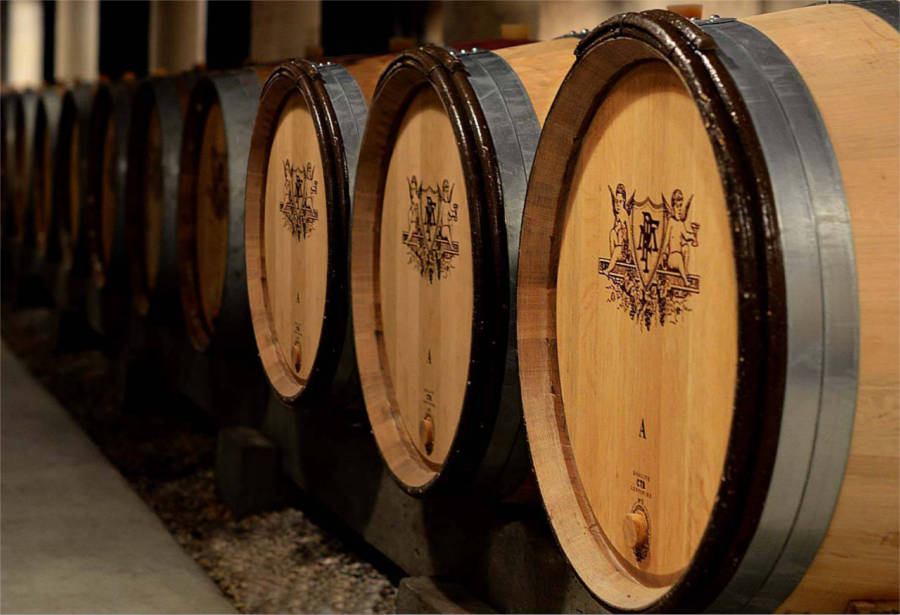Château de BÉRU

CHABLIS 15 ha BIODYNAMIC WINEMAKER: Athénaïs de Béru
THE CASTLE HISTORY
The Château de Béru, actually run by Athénaïs de Béru, is located in the heart of the village of Béru : built around the 12th century, it has been the property of the De Béru family for over 400 years. It is a place where wine has always been produced, since 1627 exactly and until its destruction by the Phylloxera at the beginning of the 19th century.
It is only in 1987 that the Athénaïs father, Count Eric de Béru, decided to replant the 15 hectares of the vineyard in order to restore the family's wine tradition and become himself a winemaker.
Unfortunately, ten years later, severe health concerns forced him to stop the activity ; the vines were then rented to a neighboring farmer, the grapes sold in bulk to the cooperative and the merchant, and the De Béru family went to live in Paris.
2004 was a turning point for Athénaïs de Béru, when the farmer who rented the estate vineyards told her he wanted to retire : it was now necessary to find someone who could take care of the vines and Athénaïs de Béru, always very attracted by the wine world and deeply attached to the domain, will decide she will be the new family winemaker.
The vines recovery were gradual and lasted 4 years during which Athénaïs took the opportunity to run the vineyard according to the organic farming principles in order to obtain the certification.
Since 2010, the estate has been fully certified in Biodynamics by Démeter. A real challenge in Chablis where the climate is very hostile.
TERROIR
The Château de Béru and its village are perched at the hill's top, 400 meters above the sea level. The 15 ha of the domain consist of 8 plots distributed around this hill and which benefit from an exceptional sunshine, and in particular the Clos Béru plot, with a 3.5 ha surface, which is exposed full south for the two-thirds of the surface and southwest for the remaining third. The grapes which are ripening on this plot give rise to ample, dense and complex wines. The estate also has half an hectare in a place called l' Orangerie and half an hectare in the designation 1er Cru Vaucoupins.
The soil consists of limestones and marls dating from the middle and upper Kimmeridgian period (-174 to -145 million years). About 80 meters thick, it consists of alternating limestone beds rich in fossilized oysters, the Exogyra Virgula, and gray marls : the presence of these small fossilized oysters proves that the region was then covered by a warm, shallow sea.
These Jurassic limestones and marls are a very well-suited terroir for great Chablis wines.
WINEGROWING & WINEMAKING
For Athénaïs de Béru, "cultivating with respect for the environment has always been essential. [...] We wonder about what we consume, about the seasons importance, about what happens around us.". She underlines that the winegrower profession involves spending a lot of time in the vines throughout the year and she personally does not really want to be exposed to phytosanitary products. Its goal is to produce beautiful grapes to obtain quality wines reflecting the different terroirs.
But the conversion to an organic farming requires sacrifices, the first two years result in significant yield losses, because the vine must learn to defend itself by rebuilding its immune system, and to find by itself the nutrients it needs. Today, the vines have found their balance and yields are around 50 to 55 hl/ha.
The grapes are picked manually, when they reach full maturity, and they are sorted on site, directly in the vineyard. Viticulture without phytosanitary products gives some berries rich in microorganisms essential for the smooth running of the fermentations.
Alcoholic fermentation starts spontaneously under the action of the native yeasts and all the wines carry out their malolactic fermentation. They are then matured for a period varying according to the cuvées. The containers used for the ageing phase are Burgundy pieces of 228 liters, barrels of 350 liters, 1/2 muids of 500 liters, as well as stainless steel tanks.
The wines are neither fined nor filtered.
No sulphits are added on the harvest, under the press, or during the ageing phase, but only during racking and bottling, the doses used are low, just the minimum necessary to guarantee the wine integrity. Just a single one cuvée is fully vinified without any sulphits addition.
-
CÔTE AUX PRÊTRES CHABLIS 2020 (Château de Béru)
43,50 € In stock!BURGUNDY - AOP CHABLIS - WHITE DRY WINE
Grape variety: Chardonnay (100%)
Biodynamics Native yeasts
Lees ageing for 12 months in oak barrels + 12 months in stainless steel tanks- Nose: extremely rich and slightly creamy. Notes of marzipan, candied citrus fruit with a hint of pear and white peach.
- Palate: invigorating, fluid and mineral, with a lemony and salivating finish.
- Tasting date: October 2023.
- OUR OPINION: a very fine Chablis, powerful and generous, offering great tension on the palate. A wine of great sapidity!
- Nose: extremely rich and slightly creamy. Notes of marzipan, candied citrus fruit with a hint of pear and white peach.
-
CLOS BÉRU MONOPOLE 2018 (Château de Béru)
76,00 € In stock!BURGUNDY - AOP CHABLIS - WHITE DRY WINE
Grape variety: Chardonnay (100%)
Biodynamics Native yeasts
Lees ageing for 24 months in oak barrels- Nose: intense and charming. Slightly creamy notes, aromas of green apple granny smith, candied citrus peel.
- Palate: tonic, salivating, and very perfumed. Lemon finish.
- Tasting date: February 2023.
- OUR OPINION: a superb vintage of great complexity and great charm. This wine is very rich, it has that little "on ne sait quoi" that makes it so unique and recognizable. I have always loved this cuvée, it is the estate's signature, and the 2018 vintage is very beautiful!
- Nose: intense and charming. Slightly creamy notes, aromas of green apple granny smith, candied citrus peel.
-
ORANGERIE CHABLIS 2018 (Château de Béru)
41,00 € OUT OF STOCK!OUT OF STOCK!BURGUNDY - AOP CHABLIS - WHITE DRY WINE
Grape variety: Chardonnay (100%)
Biodynamics Native yeasts
Lees ageing for 12 months in oak barrels + 6 months in stainless steel tanks- Nose: very delicate. Creamy notes with aromas of citrus peel with a hint of anise.
- Palate: silky with a nice tension. Long and lemony finish.
- Tasting date: April 2021
- OUR OPINION: A racy and very fresh Chablis!
- Nose: very delicate. Creamy notes with aromas of citrus peel with a hint of anise.
-
MONTSERRE CHABLIS 2018 (Château de Béru)
35,50 € In stock!BURGUNDY - AOP CHABLIS - WHITE DRY WINE
Grape variety: Chardonnay (100%)
Biodynamics Native yeasts
Lees ageing for 12 months in oak barrels + 6 months in stainless steel tanks- Nose: crystalline and very fragrant. Notes of almonds and a hint of cream, aromas of lime and anise.
- Palate: elegant and fresh. Nice acidity and a finish reminiscent of lemon peel.
- Tasting date: November 2020
- OUR OPINION: elegant - creamy - lively. A very successful vintage and a very classy Chablis!
- Nose: crystalline and very fragrant. Notes of almonds and a hint of cream, aromas of lime and anise.
-
TERROIRS DE BÉRU 2017 (CHATEAU DE BERU)
31,00 € In stock!BURGUNDY - AOP CHABLIS - WHITE DRY WINE
Grape variety: Chardonnay (100%)
Biodynamics Native yeasts
Lees ageing for 18 months ( 90% oak barrels,10% stainless steel tanks)- Nose: intensely perfumed and fresh. Aromas of yellow peach, toasted hazelnut, lime and a hint of green apple.
- Palate: beautiful juice, invigorating and precise.
- Tasting date: June 2020
- OUR OPINION: generous - perfumed - lively. A Chablis with a lot of character I like it very much!
- Nose: intensely perfumed and fresh. Aromas of yellow peach, toasted hazelnut, lime and a hint of green apple.

